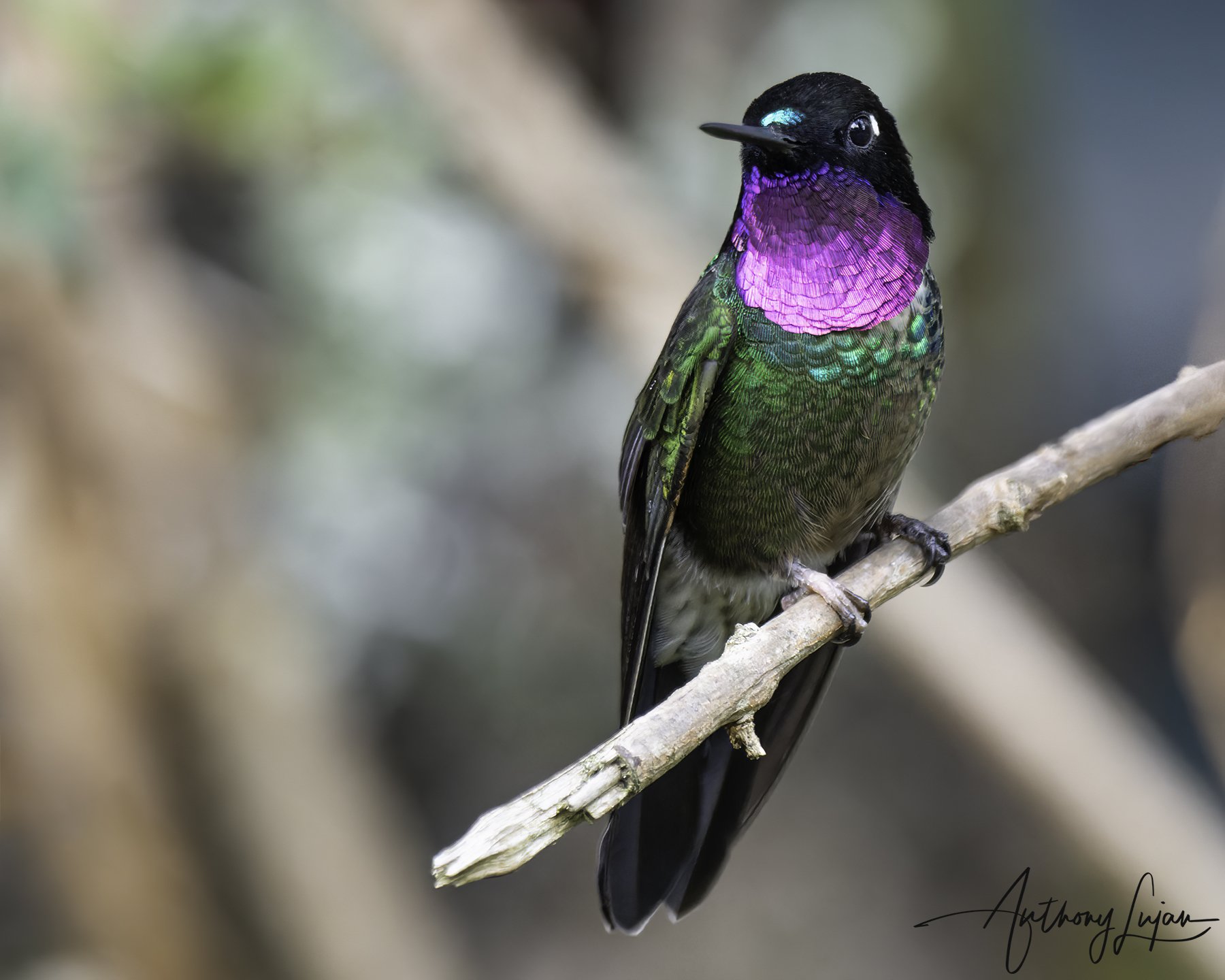Hummingbirds' Iridescent Feathers: More Than Just a Pretty Sight
Introduction
Hummingbirds are renowned for their vibrant, shimmering plumage, which creates a dazzling display of colors. This iridescence is more than just a beautiful spectacle; it plays crucial roles in the lives of these tiny birds. This article explores the significance of hummingbirds' iridescent feathers and how they contribute to their survival and reproductive success.
The Science Behind Iridescence
Structural Coloration
The iridescent colors of hummingbird feathers result from structural coloration rather than pigmentation. The feathers contain microscopic platelets made of keratin and air, which interfere with light waves. As light hits these structures, it is refracted and reflected in different directions, producing the vivid, changing colors characteristic of hummingbirds.
Light Interaction
The angle of light and the position of the observer affect the perceived color of the feathers. This means that as a hummingbird moves, its colors can shift dramatically, creating a dynamic and eye-catching display.
Functions of Iridescent Feathers
Mate Attraction
One of the primary functions of iridescent feathers is to attract mates. During courtship displays, male hummingbirds often use their brilliant colors to catch the attention of females. The intensity and quality of the iridescence can indicate the health and genetic fitness of the male, influencing female choice and mating success.
Territorial Displays
Hummingbirds are territorial birds, often defending their feeding areas aggressively. Iridescent feathers play a role in these displays by making the birds appear more intimidating to rivals. The bright flashes of color can signal the bird's readiness to defend its territory, helping to deter potential intruders.
Communication
Beyond attracting mates and deterring rivals, iridescent feathers can also aid in communication between hummingbirds. Subtle changes in color and brightness can convey different messages, such as signaling aggression, submission, or readiness to mate. This visual communication is essential in the complex social interactions of hummingbirds.
Camouflage
While iridescent feathers are often associated with visibility, they can also provide camouflage. The shifting colors can help hummingbirds blend into the dappled light of their natural habitats, making it harder for predators to spot them. This dual function of visibility and concealment highlights the adaptive significance of iridescence.
Evolutionary Advantages
Genetic Fitness
The quality of iridescence in hummingbirds can be a sign of genetic fitness. Bright, well-maintained feathers suggest good health and an ability to acquire resources, which are attractive traits for potential mates. This selection pressure can drive the evolution of more vibrant and complex iridescent patterns over time.
Survival
The ability to blend into their environment while also standing out when necessary provides hummingbirds with a survival advantage. The versatility of iridescent feathers allows them to navigate the challenges of both attracting mates and avoiding predators, contributing to their overall fitness and longevity.
Conclusion
The iridescent feathers of hummingbirds are a stunning example of nature's ingenuity. These feathers serve multiple functions, from attracting mates and deterring rivals to providing camouflage and aiding in communication. Understanding the significance of iridescence in hummingbirds enriches our appreciation of these remarkable birds and their adaptations. As we continue to study them, we uncover more about the intricate balance of beauty and function in the natural world.
Please note: The content provided on this blog is for educational purposes only and contains general information.

